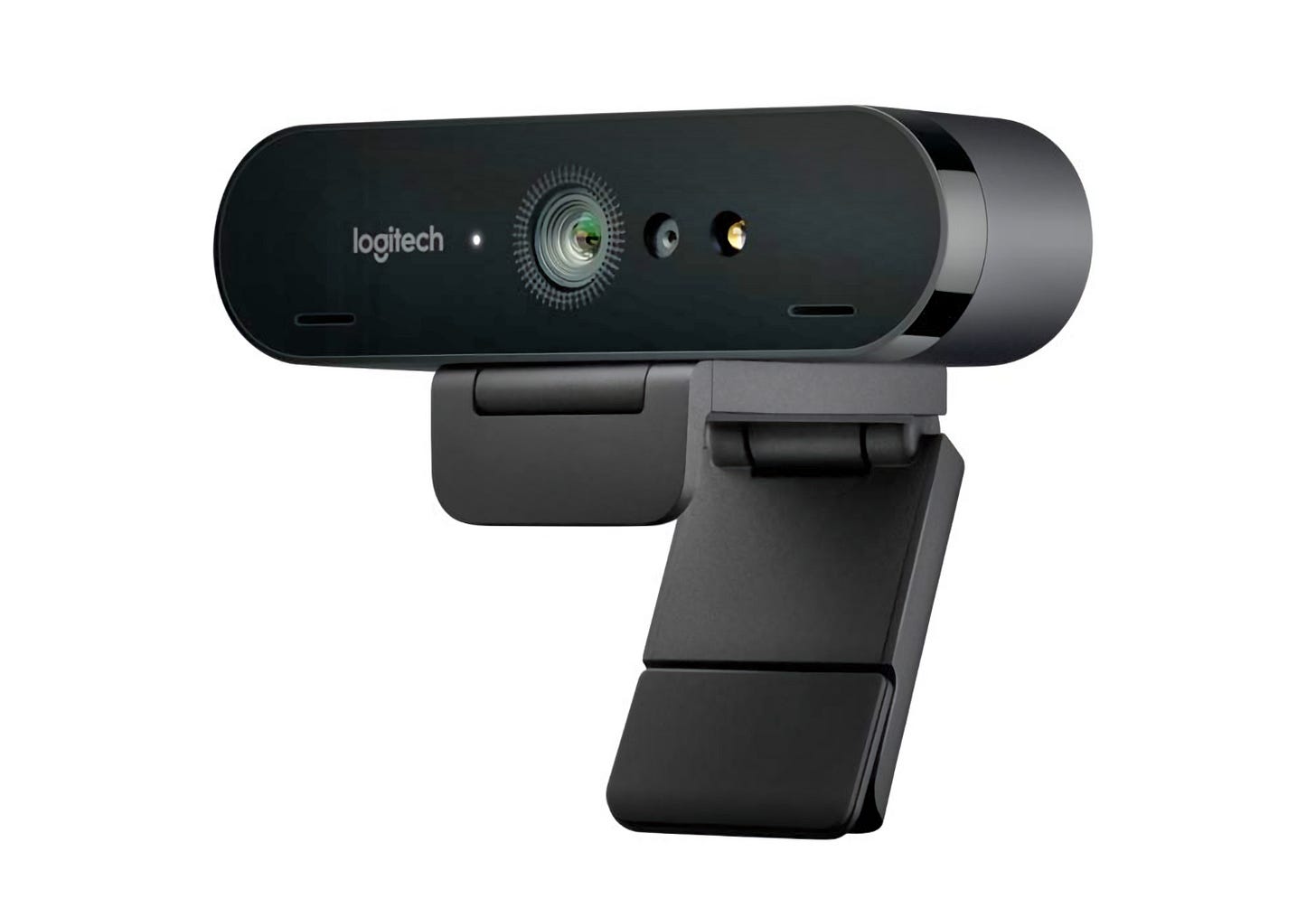Partisan news and the power to change minds
A study shows what happens when Fox News viewers watch CNN instead
Sree’s newsletter is produced w/ Zach Peterson (@zachprague).
🗞 TUNE IN: This week’s Sunday #NYTReadalong is a special one — it’s an #InkyReadalong, produced in partnership with Inquirer Live. Our guest is Mike Sielski, author of a new book about Kobe Bryant, "The Rise". See the interview with Mike and our archives. The Readalong is sponsored by Muck Rack. Interested in sponsorship opportunities? Email sree@digimentors.group and neil@digimentors.group.
📺 My Digimentors team is working with companies and nonprofits around the world to create virtual and hybrid events. We’ve worked on events for 50 people and 100,000. See our updated brochure. Please talk to us if you need events help or social media consulting (no project too small or too big): sree@digimentors.group and neil@digimentors.group.
📺 We’re looking for partners for #SMWKND 2022. Get involved with my flagship event since 2011. Get in touch with Linda Bernstein, conference chair (linda@digimentors.group), to discuss how we can work together. Details coming to smwknd.com.
***
FOXNEWS VIEWERS LIVE IN AN ALTERNATE REALITY and we’ve known this for years. Now, David Broockman (UC Berkeley) and Josh Kalla (Yale) have a new working paper on exactly how all of that works.
Over the last 5 years(!), the two academics have been running a study to see what happens when a median Fox News viewer watches CNN instead.


The thing is, CNN is far from perfect — but it’s light years closer to reality than any regular Rupert Murdoch production.
Compare the two images below.
And, CNN:
The differences here are stark, and they are incredibly important. What CNN was doing in the examples above was not “gotcha journalism” or “picking on Trump,” as so many of his sycophants would have you believe — far from it. In the U.S., we’ve lost almost a million people to Covid19, and it simply didn’t have to be this way. Millions of people were watching what they consider “the news” every day, however, and instead of a unified, potentially life-saving societal response, we got the last 2+ years.
As the working study shows, there is space to at least expand knowledge, even if it that may not translate into changing votes. The question then becomes, “what can I do?”
First, diversify your media intake, and — for lack of a better phrase — do the work. It takes time to learn even the top line nuances of the world’s most complicated issues — look at Ukraine, for example. But, I’m here to tell you that it’s worth it. It’s worth taking that 15 minutes to read one more piece that adds context and knowledge, and it’s worth sharing with someone else.
A lot of hearts have been hardened over the last decade as far as political views go, and I don’t advocate anything like “debate me, bro” culture where you arm yourself with facts to argue with your most politically-opposite uncle or cousin. I’m saying that it’s worth putting thoughtful, factual things in front of people whenever possible — you may just change a mind or two.
- Sree / Twitter | Instagram | LinkedIn | YouTube / Cameo
Thank you for your support of four years of this newsletter or a subset of that time. So grateful to you all!
A Message from Armory Square Ventures
On April 27, 2022, Upstate Capital Association of New York will bring together a thoughtful group of innovative leaders, entrepreneurs and investors to continue conversations on catalyzing startup formation and investing deliberately across all of New York State.
The conference will take place in Syracuse, and the focus will be on forging and growing investor and startup connections upstate and downstate. Seth Levine from Foundry Group and Elizabeth MacBride will keynote and discuss their new book, “The New Builders.”
Armory Square Ventures (ASV) Managing Partner Somak Chattopadhyay will moderate a conversation on venture and philanthropy with Meg O’Connell and Eric Allyn, both affiliated with the Allyn Family Foundation. ASV Partner Pia Sawhney joins a panel of judges at this year’s New York Business Plan Competition that day.
The competition’s top 6 student-led teams, solicited from a pool of applicants statewide, will compete for a total of $50,000 in cash prizes.
To register and learn more, visit Upstate Capital’s Venture NY event page.
Tech Tip w/ @newyorkbob: Here’s looking at you, webcam
By Robert S. Anthony
Each week, veteran tech journalist Bob Anthony shares a tech tip you don’t want to miss. Follow him @newyorkbob.
There’s not much good that can be said about the Covid-19 pandemic, but if you look hard enough there are tiny pieces of silver lining. For example, in the past two years many of us learned new remote work and education skills we never thought we’d need but will be essential for our post-pandemic futures.
While many of us never had a good reason to use the small webcams embedded in our laptops, the work- and learn-at-home pandemic changed that quickly. Webcams were among the many products that sold out quickly in 2020 as pandemic rules were enforced and many of us had to learn how to use Zoom, Microsoft Teams, Google Meet and other videoconferencing applications on a moment’s notice.
Companies such as Logitech couldn’t keep up with the demand for webcams, which created opportunities for lesser-known brands like NexiGo, now popular on Amazon, to fill the void. But the webcam’s road from “so what” to “must have” is a long one, dating back to the 1990s.
The first webcam star was not a person, but a coffee pot. Tired of the apparently arduous task of walking up or down stairs to a coffee pot only to find it empty, in 1991 intrepid University of Cambridge students rigged a video camera, pointed it at the pot and connected the video feed so they could check on the pot’s contents from the comfort of their desktop computers.
In November 1993, the coffee pot video feed was connected to the Internet, thus establishing the camera as the world’s first webcam. The video feed, which gained millions of users, stayed online until the plug was ceremoniously pulled in 2001.
Fortunately, webcams have evolved greatly since the gloomy, grainy, monochrome 128-by-128-pixel clips yielded by the coffee pot cam. For example, the 13-megapixel sensor in the Logitech Brio Ultra HD Pro Business Webcam provides 4K videos (4,096 by 2,160 pixels) at 30 frames per second, has dual microphones with noise-canceling technology and supports high-dynamic-range (HDR) technology, which comes in handy if the subject (you!) is brightly backlit.
Ten years ago, you might have been able to get away with a bad hair day given the low quality of webcams of that era, but today’s high-definition webcams capture everything—right down to the spinach in your teeth. So, comb your hair, curate your background carefully, light yourself evenly—and keep an eye on the cat.
Read Something
I’d never heard of the “geezer teaser” moniker, but I totally get it. The news about Bruce Willis’s failing health and the likely end of his acting career is sad. Beyond the glory that was John McClane, Willis was everywhere for a long time, and now so many of his peers are following his (lucrative) path in their later years — throw-away action movies for streaming services.


👀 Did we miss anything? Make a mistake? Do you have an idea for anything we’re up to? Let’s collaborate! sree@sree.net and please connect w/ me: Twitter | Instagram | LinkedIn | YouTube / Cameo.










